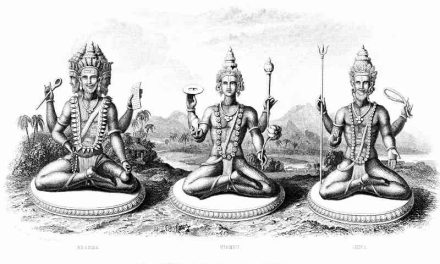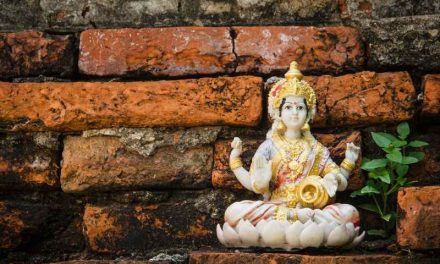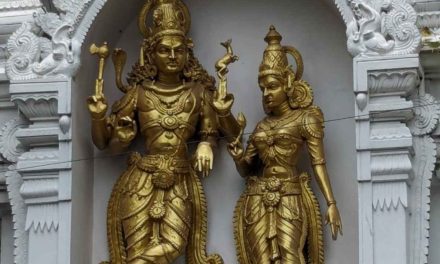My journey on the path of Hinduism has been one of constant exploration. Each scripture, each story, each practice seems to unlock a new facet of this vast and beautiful religion. Recently, I delved into the Rudrahridaya Upanishad, a lesser-known text, and was struck by its profound exploration of the divine dance between Shiva and Shakti.
For those unfamiliar, Shiva is often depicted as the powerful, cosmic dancer, while Shakti represents the dynamic feminine energy that pulsates through all creation. Now, some might see them as separate entities – Shiva the destroyer and Shakti the creator. But the Rudrahridaya Upanishad presents a different perspective, one that resonated deeply with me. Here, Shiva and Shakti are not two, but one. They are the inseparable halves of a single, unified reality.
The Upanishad uses the analogy of fire and its heat. Can you separate the fire from its inherent heat? No, they exist together as a single entity. Similarly, Shiva is the consciousness, the unchanging principle, and Shakti is the power, the dynamic force that brings that consciousness to life. They are like the sun and its light – inseparable aspects of the same divine source.
This concept of oneness resonated with my own experiences in meditation. When I quiet my mind and delve deep within, I don’t encounter a divided self – a passive observer and an active force. There’s just a flow of awareness, a dance of energy that embodies both stillness and movement. It’s a feeling of wholeness, a sense of being complete within myself.

The Rudrahridaya Upanishad goes further, suggesting that this dance of Shiva and Shakti isn’t just within us, it’s the very essence of the universe. From the vast galaxies to the tiniest subatomic particles, everything is a manifestation of this divine interplay. It’s a beautiful image, isn’t it? The entire cosmos as a sacred dance, a constant interplay of stillness and movement, destruction and creation.
This understanding has transformed my perception of the world. Now, when I see the changing seasons, the rising and setting sun, the growth and decay in nature, I see it all as a part of this cosmic dance. It fills me with a sense of awe and wonder, a deep appreciation for the interconnectedness of all things.
But the Upanishad doesn’t stop at philosophy. It offers practical guidance on how to experience this oneness within ourselves. It advocates for practices like meditation and mantra chanting, which can help us quiet the mind and connect with the subtle dance of Shiva and Shakti within.
In my own practice, I’ve found that focusing on the breath during meditation helps me bridge the gap between the stillness of being and the movement of breath. It’s a simple practice, yet it allows me to tap into that unified field of consciousness.
The Rudrahridaya Upanishad may be a short text, but its message is profound. It reminds us that the divine isn’t some distant entity, but a vibrant dance within us and all around us. By attuning ourselves to this dance, we can cultivate a sense of peace, wholeness, and connection with the universe.
So, the next time you witness the beauty and dynamism of the world around you, take a moment to appreciate the dance of Shiva and Shakti. It’s a dance of creation and destruction, a dance of stillness and movement, a dance that is the very essence of existence.





